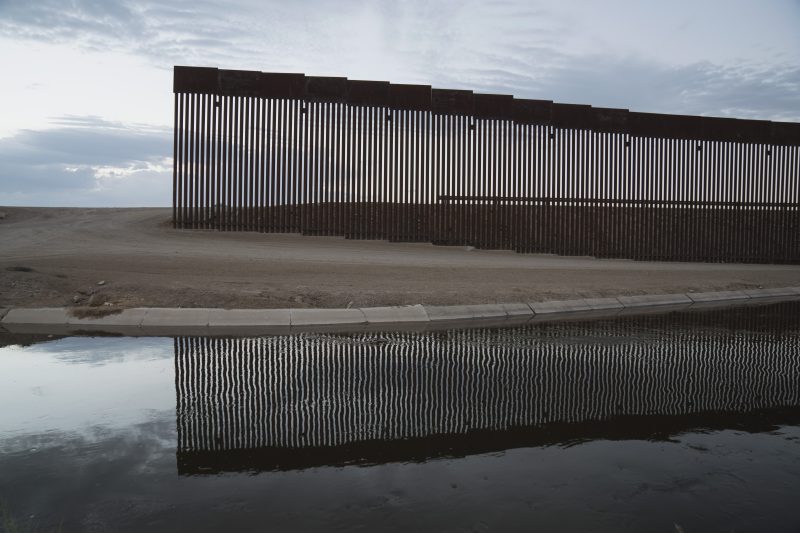In the realm of immigration policy, the landscape is fraught with complexities and varying perspectives. Former President Donald Trump’s approach to immigration was characterized by a hardline stance that emphasized stringent border control measures and restrictions on legal immigration. The ethos of Trump’s immigration agenda centered on prioritizing national security and American workers, often at the expense of more compassionate and inclusive policies.
One key aspect of Trump’s immigration policy was his administration’s relentless efforts to curb illegal immigration, primarily through the construction of the much-debated border wall along the U.S.-Mexico border. The wall, a symbolic and physical barrier, was intended to deter unauthorized entry into the country and bolster national security. Trump argued that strict border enforcement was necessary to protect American citizens and prevent crimes committed by undocumented immigrants. However, critics pointed out that the wall was a costly and impractical solution that failed to address the root causes of migration.
Furthermore, Trump’s approach to legal immigration was marked by a push for merit-based systems that favored highly skilled individuals over family-based immigration. The administration sought to overhaul the existing immigration system to prioritize immigrants with valuable skills and education, arguing that this would benefit the U.S. economy and mitigate job competition for native-born workers. However, this approach was criticized for its exclusionary nature and for undermining the country’s historical commitment to family reunification as a cornerstone of immigration policy.
On the issue of refugee resettlement and asylum, Trump’s administration implemented policies that restricted the number of refugees admitted to the United States and imposed stringent eligibility criteria for asylum seekers. The administration’s measures, including the controversial travel ban targeting several Muslim-majority countries, were framed as necessary steps to safeguard national security and prevent potential threats. However, these policies were widely condemned for their lack of compassion and for disregarding the United States’ humanitarian obligations to provide refuge to those fleeing persecution and violence.
In contrast to Trump’s restrictive and enforcement-driven approach, there are competing perspectives that advocate for a more humane and comprehensive immigration policy. Proponents of a more inclusive stance on immigration argue for reforms that prioritize family unity, protect vulnerable populations, and provide pathways to legal status for undocumented immigrants already living in the United States. They emphasize the importance of addressing the underlying causes of migration, such as poverty, violence, and lack of economic opportunities in migrants’ countries of origin.
As the debate over immigration policy continues to evolve, it is crucial to consider the complex interplay of factors that shape the experiences of immigrants and the communities they seek to join. Finding a balance between security concerns, economic interests, and humanitarian imperatives is a formidable challenge that requires thoughtful and nuanced policymaking. Ultimately, the approach to immigration should reflect a commitment to upholding American values of inclusivity, diversity, and compassion while also addressing legitimate concerns about national security and economic competitiveness.

